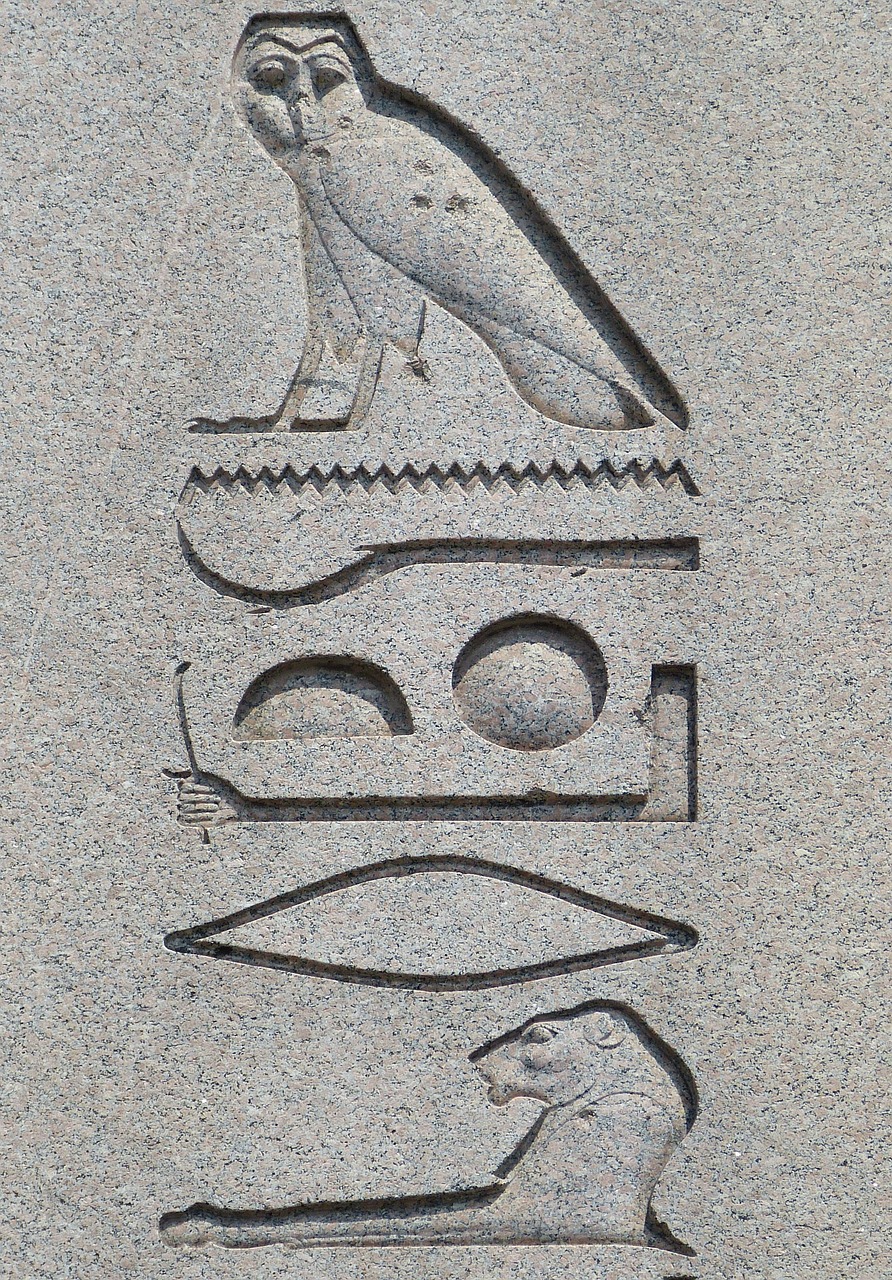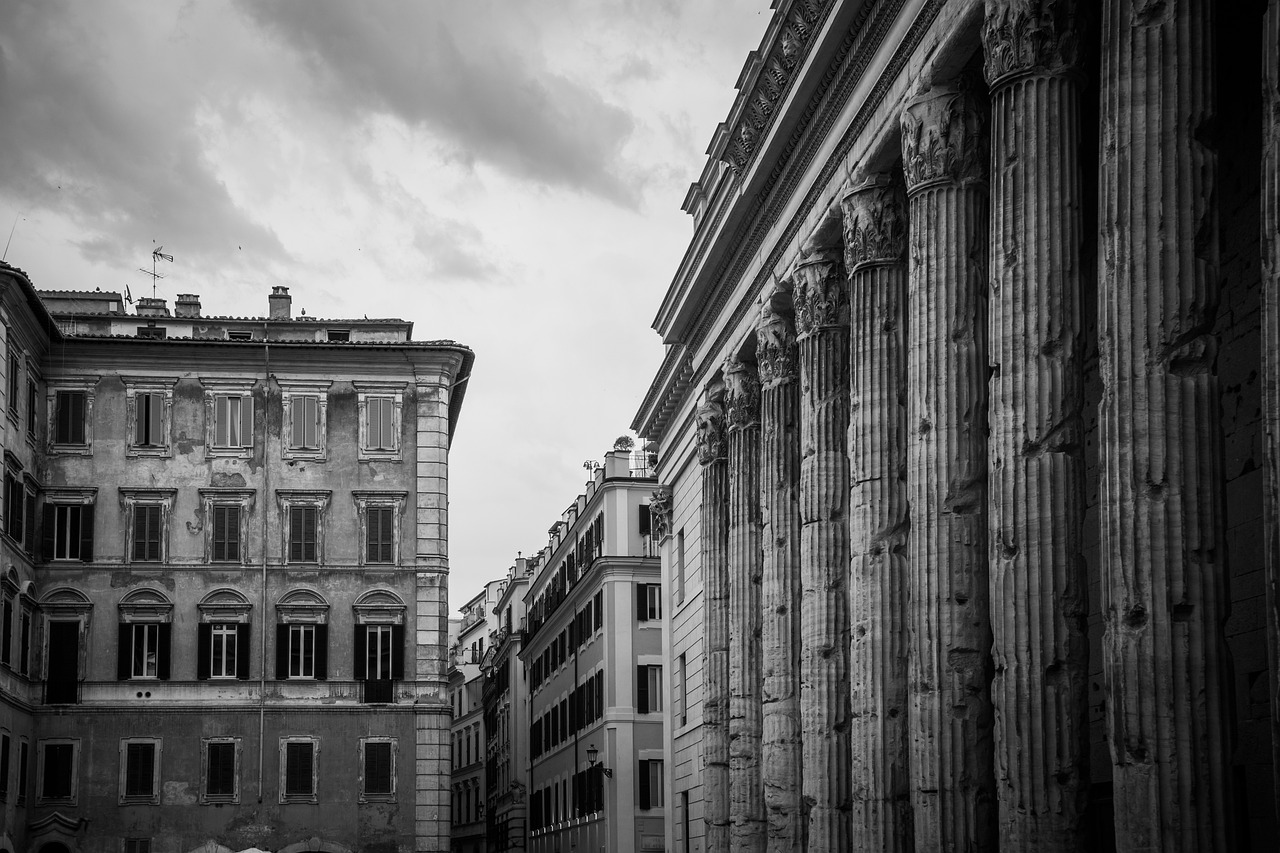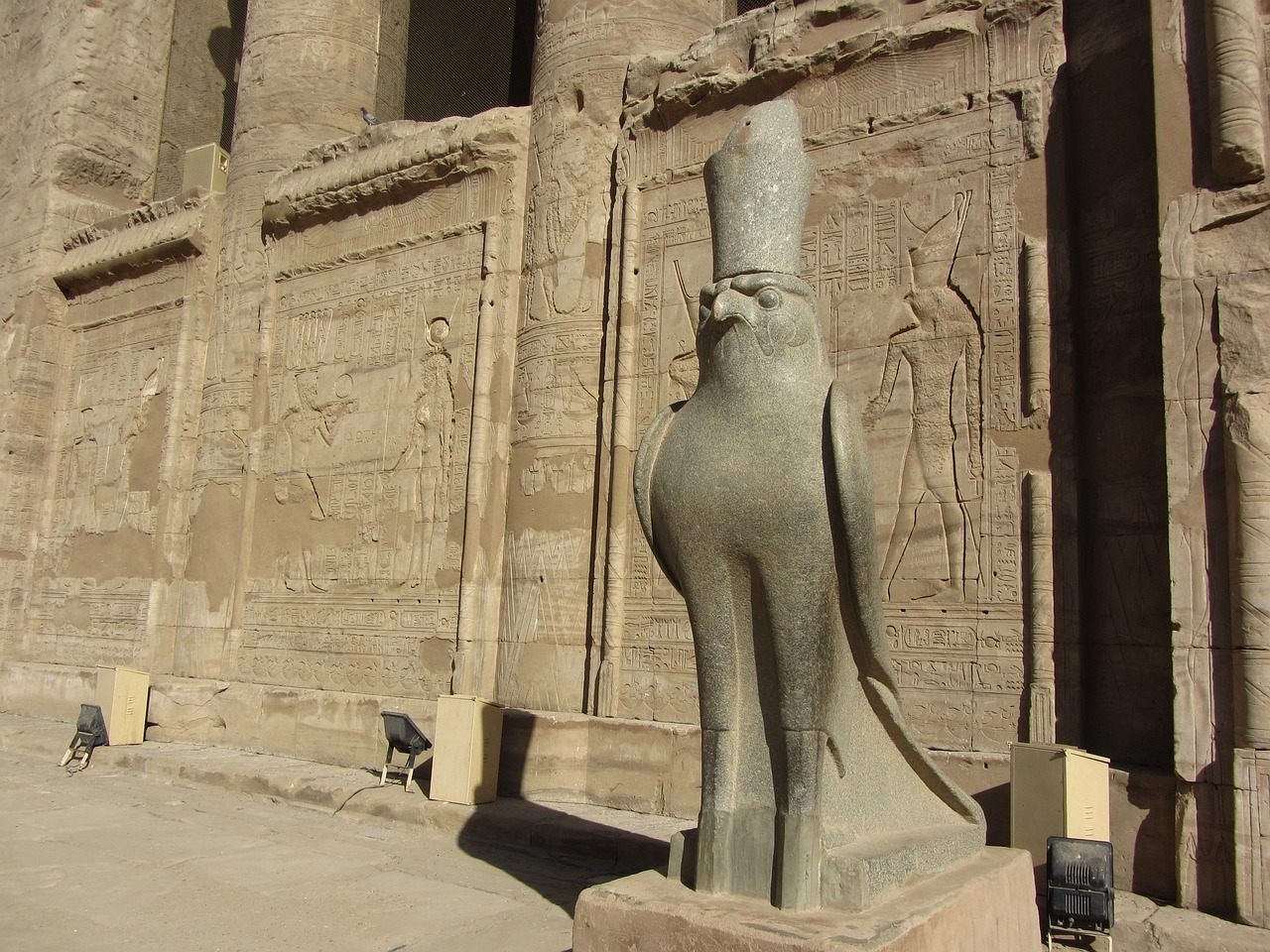Author: Sun WuKong
-
In a small town in Maine infused with fairy tale charm, a young woman burdened by her past seeks refuge. In another realm of magic, the Madrigal family resides in a mystical house known as the Encanto, where every child is gifted—except for the overlooked Mirabel. Zeus and Hera’s son, deprived of his immortality as…
-
Discordia: The Goddess of Strife Introduction Discordia, or Eris as she is known in Greek mythology, represents the Roman goddess embodying discord and strife. She epitomizes chaos and conflict, symbolizing the disruptive nature of human interactions. Often depicted as a catalyst for unrest, Discordia signifies the ancient Roman acknowledgment of conflict’s inevitability and its deep-rooted…
-
Scarab beetles, particularly known as Scarabaeus sacer, hold a significant place in the cultural and religious landscape of ancient Egypt. Their intriguing behavior of rolling dung balls for egg placement was seen as a profound representation of life, death, and resurrection. Within the framework of ancient Egyptian mythology, the scarab beetle is closely linked to…
-
Understanding Bellona: The Roman Goddess of War Before the establishment of Christianity as the leading faith in the Roman Empire during the mid-4th century, Roman society was marked by polytheism, where a multitude of gods were venerated, accompanied by various festivals and sacrificial rites held throughout the year. This belief system prioritized the veneration of…
-
Overview A prominent figure in the Egyptian pantheon, Geb was revered as the god of the earth, associated with elements such as snakes, earthquakes, and the afterlife. As the third sovereign of Egypt after Ra and Shu, Geb’s significance in matters of kingship and royal authority was profound. Artistic representations, such as a relief fragment…
-
The Roman Temple of Évora stands out as one of the most significant and well-preserved relics from ancient Rome in the Iberian Peninsula. This remarkable structure earned its UNESCO World Heritage status in 1986 and serves as a prestigious emblem of the city, representing its rich Roman heritage. Visiting this temple, commonly misidentified as the…
-
In Roman mythology, Vesta is revered as the goddess of the hearth, paralleling the Greek deity Hestia. Given the early Roman community’s struggle for a reliable source of fire, the perpetual hearth flame acquired immense significance, both in domestic and civic life. From ancient times, Vesta held a vital position in worship, celebrated within households…
-
Greek mythology encompasses the tales surrounding the deities, heroes, and customs of ancient Greece, and it prevailed throughout Classical antiquity. Although figures like the philosopher Plato during the 5th to 4th centuries BCE recognized that these myths featured substantial fictional elements, most Greeks regarded them as genuine narratives. The impact of Greek mythology has been…
-
This week, I decided to delve back into the rich history of Ancient Egypt, the theme of this blog! With my final two entries, I’ll explore my favorite region (Egypt) along with my favorite deity (hint revealed next week!). In this post, I would like to introduce you to the formidable Sekhmet. Names: Sekhmet, Sakhmet,…
-
Insights into Ancient Egyptian Religion Defining Ancient Egyptian Religion Ancient Egyptian religion encompasses the indigenous beliefs that flourished in Egypt from as early as the 4th millennium BCE until the eventual decline of traditional practices around the first centuries CE. This belief system was intricately woven into the fabric of Egyptian civilization, particularly during the…








